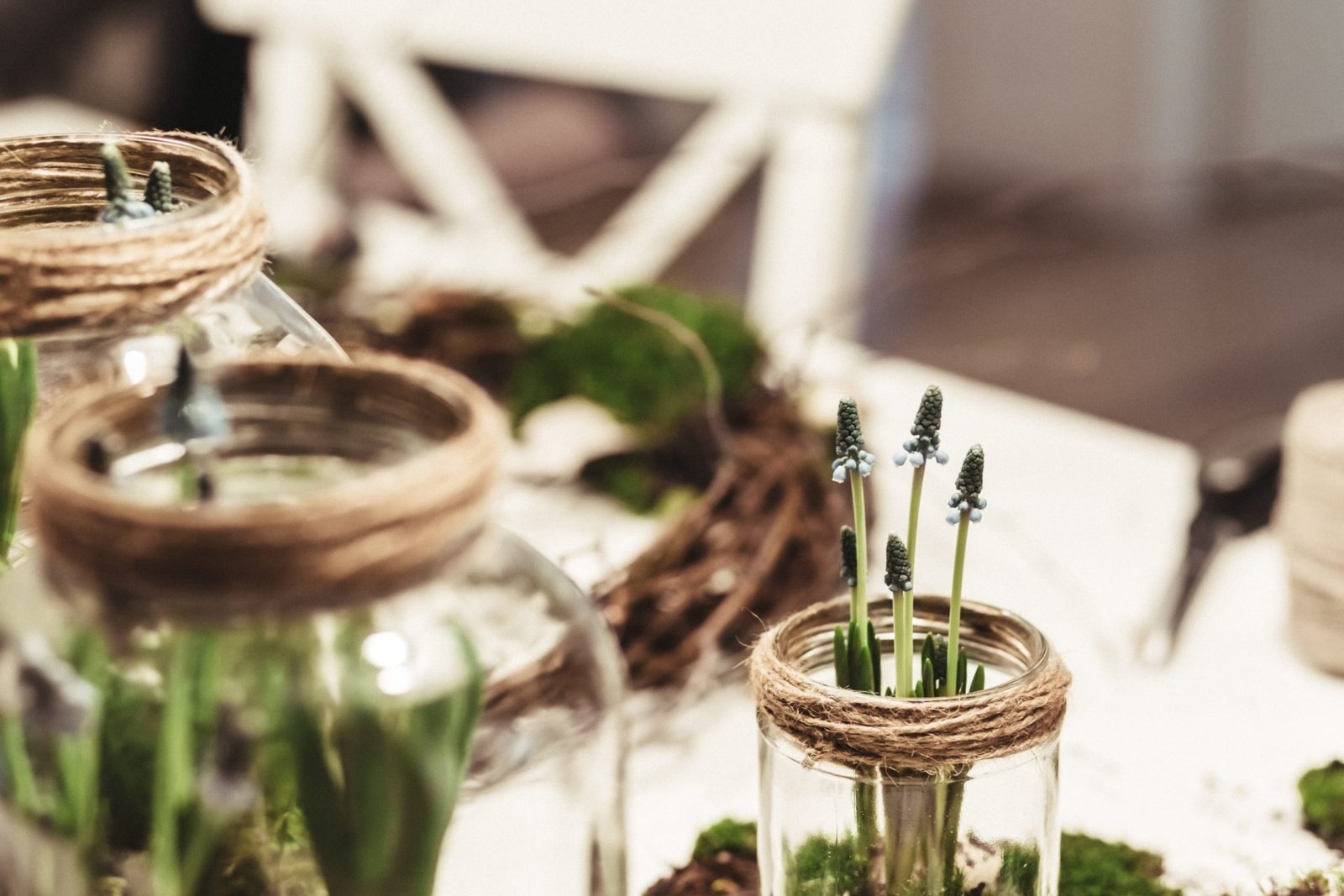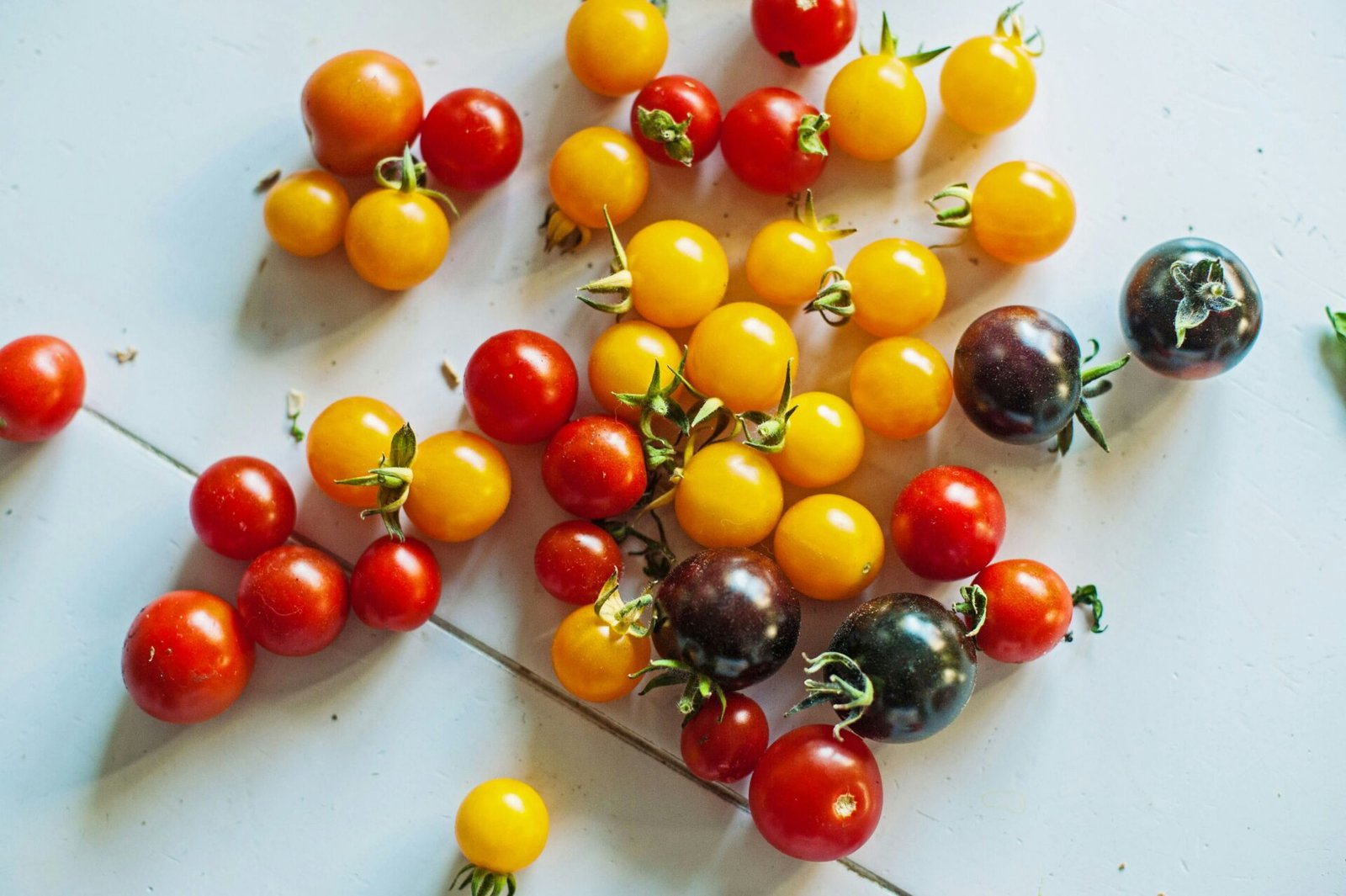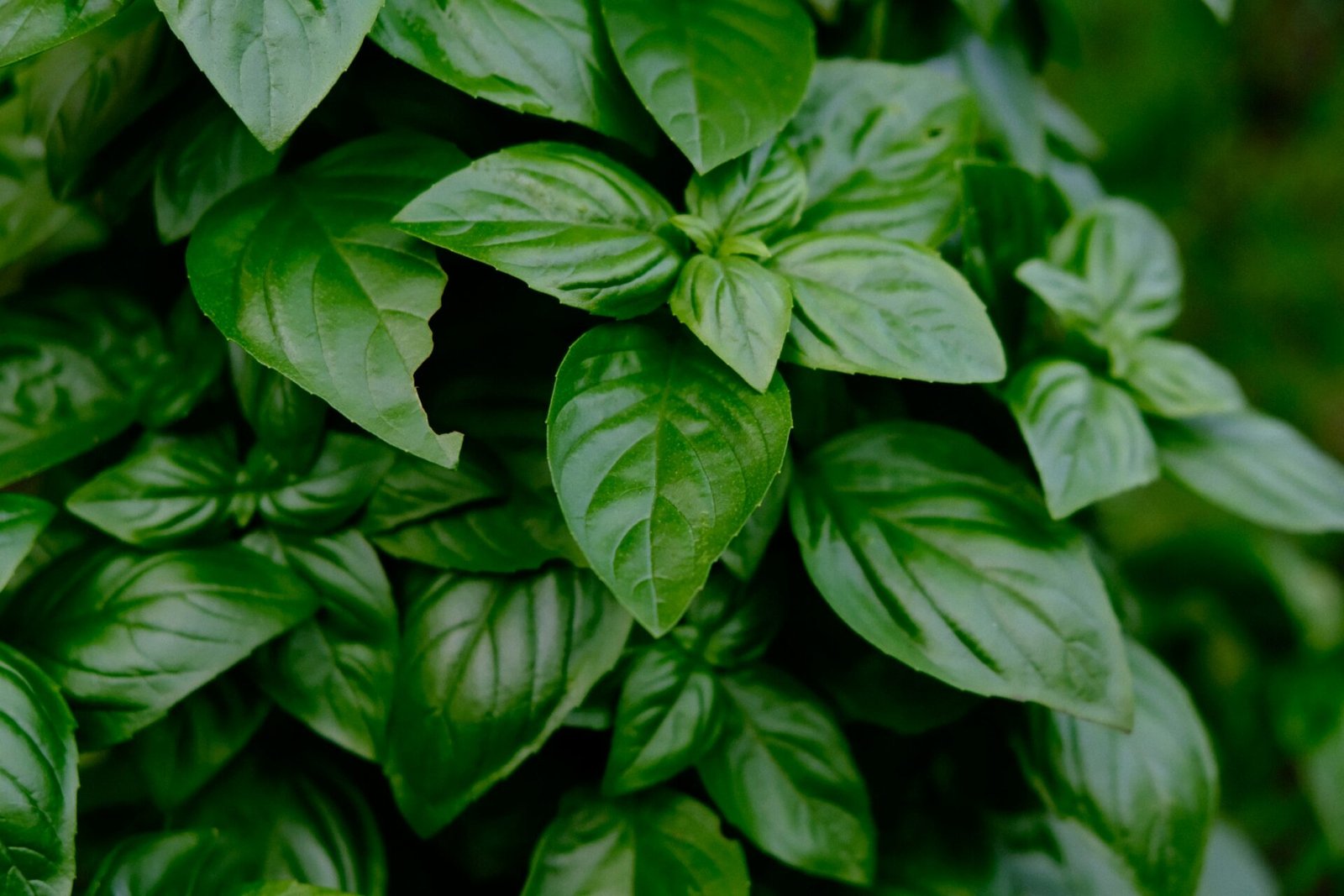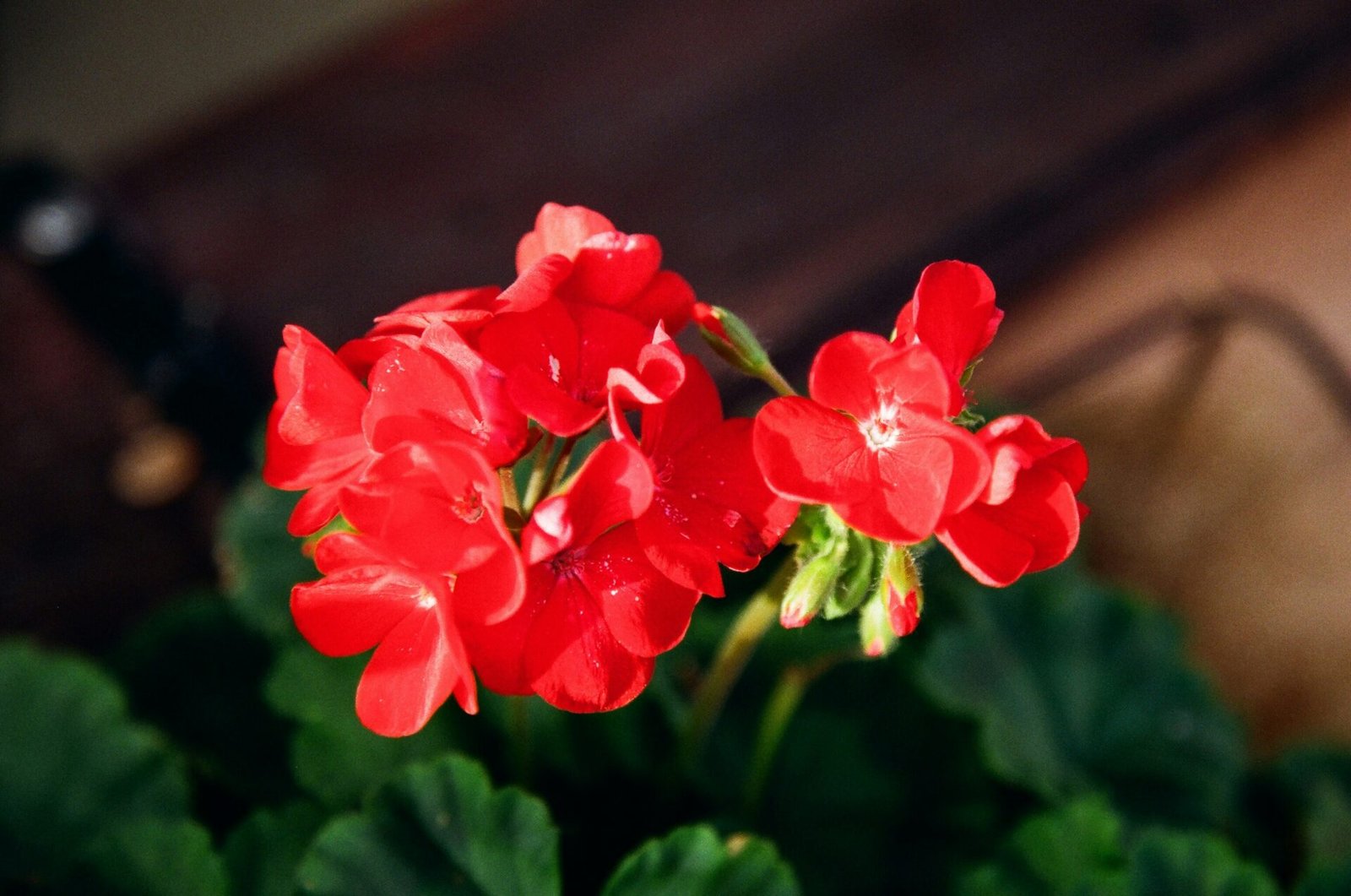As a seasoned indoor gardener, I’ve always been intrigued by how my leafy companions react to the changing seasons. It’s clear that just like their outdoor counterparts, house plants aren’t immune to the ebb and flow of nature’s cycles.
You might think that nestled within our homes, these plants are shielded from the whims of the weather. But the truth is, even indoors, the seasonal shifts play a significant role in their health and growth.
Let’s dive into the surprising ways the seasons influence our potted pals and what you can do to keep them thriving all year round.
How House Plants are Affected by the Seasons
House plants, like their outdoor counterparts, experience shifts in growth and wellbeing with the change of seasons. Although protected from the direct effects of weather, indoor environments replicate seasonal changes to a smaller degree. Light, temperature, and humidity levels indoors fluctuate with the time of year, affecting plant physiology.
During winter months, daylight hours decrease, leading to reduced photosynthesis and growth. I often notice my plants become dormant or slow down significantly. It’s not uncommon for them to shed leaves or appear less vibrant than usual. With heating systems roaring to life, I’ve observed that indoor air becomes drier, which can cause stress to tropical species that prefer higher humidity.
As spring rolls in, longer days and warmer temperatures spur new growth. This is when I witness a notable surge in energy as plants awaken from their winter rest. Nevertheless, fluctuating temperatures, especially in early spring, can still stress house plants if not monitored closely.
Summer brings its own set of challenges, despite the abundance of light which generally promotes growth. The heat can be intense, sometimes too much for plants placed near windows or in direct sunlight. Ventilation becomes crucial as still, warm air encourages pest infestations and disease.
Fall signals a time to prepare for the colder season ahead. Growing slows, and focusing on maintenance, like trimming dead or excess growth, becomes key. It’s also important for me to adjust watering routines as plants require less moisture than they do in the height of summer.
Here’s how seasonal changes directly impact house plants:
- Light: Varied sunlight hours and intensity
- Temperature: Gradual increases or decreases can alter growth patterns
- Humidity: Fluctuating levels affect plant hydration
To create an optimal environment for house plants year-round, I adjust care routines and make small modifications to their surroundings. Monitoring light exposure, tweaking watering schedules, and using humidifiers can contribute significantly to the health of indoor greenery through each season’s unique challenges.
The Influence of Seasonal Changes on Plant Health
Understanding the influence of seasonal changes on plant health is crucial for maintaining vibrant, thriving houseplants. As a seasoned indoor gardener, I’ve observed that the shift from one season to another can significantly impact the well-being of my green companions.
Winter’s Chill brings about a marked decrease in light and ambient temperature, which can lead to diminished photosynthesis and stunted growth. The decreased daylight hours mean less energy for plants to sustain their vital functions. To combat this, positioning plants closer to windows to maximize light exposure and using grow lights can mitigate the effects of shorter days.
Come Spring, the scenario begins to shift. With more daylight and gradually warming temperatures, plants start to exhibit signs of regeneration and growth. This is the time when I typically repot and provide my plants with the necessary nutrients to capitalize on this growth spurt.
Summer Heat introduces its own set of challenges. The soaring temperatures and high humidity can lead to heat stress, causing wilting, leaf burn, or increased susceptibility to pests. Here’s how I tackle that:
- I ensure adequate watering to prevent heat stress
- I take steps to maintain an even temperature within my home
- I watch out for signs of pest infestations that might exploit my plants’ weakened states during these hotter months
With the arrival of Fall, plants begin to prepare for the cooler months ahead. This period often involves a slowdown in growth and a shift to conservation of energy. During this time, I adjust my care routine accordingly, mindful that overwatering can lead to root rot, especially as the plant’s water requirements wane.
By adjusting the care I provide throughout the year and reacting to the subtle cues of my house plants, I can help them not only survive but thrive in an indoor environment that’s subject to the whims of Mother Nature, even if just in a reduced capacity.
Understanding the Connection Between Indoor and Outdoor Plants
Indoor and outdoor plants share a symbiotic relationship with their environment, deeply intertwined with the seasons’ ebb and flow. House plants are affected by seasonal changes, albeit differently than their outdoor counterparts. I’ve observed that even when shielded from the extremities of weather, indoor plants react to subtle changes in ambient conditions that seasons bring.
During the winter months, while our homes provide shelter from the frosty weather, they can’t replicate the intensity of sunlight outdoor plants receive. Indoor plants may experience what I like to call a quiet phase. They’re not dormant, but there’s a noticeable slump in their vibrancy. It’s crucial to mitigate this by ensuring they’re as close to natural light sources as possible or providing grow lights.
As the days lengthen in spring, we see a surge of growth in outdoor flora. Indoor plants follow suit, waking from their semi-dormant state. This is the perfect time to feed and water them more generously, mimicking the natural proliferation of resources they would find outside.
Summer indoors means cranking up the AC, often creating a drier environment that doesn’t sit well with most house plants which thrive in humidity akin to summer rains. I’ve found that maintaining a stable environment by using humidifiers and avoiding placing plants near vents helps to avert stress.
With the arrival of fall, outdoor plants ramp down in preparation for winter. Although house plants are insulated from the chill, they can sense the shorter days and cooler indoor temperatures. It’s here they start slowing down once again.
Adapting our care to reflect these natural cycles is key. For instance, I’ve had to adjust water schedules and rotate plants to ensure they all get their fair share of the weaker winter sun. Remembering that plants are dynamic living entities that sense their environment, even if it’s just the room they brighten, enables me to make subtle shifts in care that keep them in tune with the rhythm of the seasons.
Key Factors that Impact House Plants during Different Seasons
When pondering the well-being of house plants, I always make sure to consider several key factors that significantly impact their growth and vitality as the seasons change.
Light Intensity and Duration play a pivotal role. Most house plants depend on light as a basic part of photosynthesis. In winter, daylight hours dwindle, and the quality of light is often softer. This requires that I relocate my plants to areas where they can receive maximum light exposure or supplement with grow lights. Conversely, in summer, the intense sunlight can scorch leaves, signaling a need for shade or diffused light conditions.
Temperature Fluctuations can be just as crucial. Indoor plants tend to thrive in stable environments. During cold seasons, houseplants are often affected by drafts and sudden temperature drops, whereas in summer, they might struggle with the rise in indoor temperatures due to air conditioning or lack thereof. A stable temperature ideally between 65 and 75 degrees Fahrenheit is generally most favorable for a wide range of indoor plants.
Humidity Changes significantly affect plant health. My strategy involves using humidifiers in winter when indoor heating systems can dry the air. In contrast, seasons like summer might require dehumidifiers in certain climates to prevent excessive moisture that can lead to root rot or fungal diseases.
Watering Needs significantly change with the seasons too. My indoor plants typically need less water in the winter months when they enter a dormant phase and more during the growing season of spring and summer when the soil dries out faster.
I also adjust Feeding Schedules, reducing fertilization in fall and stopping completely during winter when plant growth slows or pauses. As the growing season kicks in, I resume feeding with balanced fertilizers to support new growth.
Monitoring and adjusting to these factors ensure that my house plants remain robust year-round, mirroring the natural ebb and flow of the changing seasons. Each adjustment I make is a step to harmonize my indoor garden with the world outside, creating a lush, thriving sanctuary no matter the month.
Tips for Maintaining Healthy House Plants Throughout the Year
Maintaining healthy house plants all year round requires an understanding of how each season affects them. I’ve learned through experience that seasonal adjustments are key to plant health. Let me share some insights that’ll help you keep your indoor oasis in top form, no matter the weather outside.
Spring
As spring arrives, it’s time to gear up for plant growth. With longer daylight hours, I generally increase watering and start a feeding schedule to support new growth.
- Introduce gradual watering as plants wake up from dormancy.
- Begin a half-strength fertilizer routine every two to four weeks.
- Ensure proper light exposure; rotate plants to avoid uneven growth.
Summer
Summer can be particularly challenging due to high temperatures and intense sunlight. Here are the strategies I employ to counter these issues:
- Shield plants from direct sunlight; use sheer curtains to diffuse harsh rays.
- Water more frequently, but be mindful of overwatering.
- Increase humidity levels using a humidifier or pebble tray method.
Fall
When fall comes knocking, prepare plants for the upcoming cooler months.
- Gradually reduce watering as plant growth slows.
- Prune dead leaves to focus energy on healthy growth.
- Adjust plant positioning to maximize light as days become shorter.
Winter
Surviving the winter is all about defense. Minimizing stress on plants during this time is critical.
- Reduce watering; let soil dry out more between waterings.
- Keep plants away from drafts and heaters.
- Consider grow lights if natural light is insufficient.
Seasons change and so do the requirements of our green companions. By listening to the needs of house plants and responding with appropriate care, I ensure my indoor garden remains a point of pride throughout the year. Remember, it’s all about striking a balance with nature’s rhythm, something that I keep fine-tuning as I learn more about each plant’s unique preferences.
Conclusion
I’ve shared my best tips for nurturing house plants as the seasons change. Remember, your indoor garden thrives when you tune into its seasonal needs. Whether it’s upping the watering can in the spring or protecting your green friends from the winter chill, each season holds a key to keeping your plants happy and healthy. Trust in the rhythm of nature and adjust your plant care accordingly. Here’s to a year-round lush indoor oasis that brings life to your home no matter the season!
Frequently Asked Questions
How often should I water my house plants in spring?
In spring, increase watering to support new growth, but ensure you do not overwater by checking the soil moisture before watering again.
What feeding schedule is recommended for house plants in spring?
Start a regular feeding schedule in spring as plants enter their growth phase, typically fertilizing every 4-6 weeks with a balanced plant food.
How can I protect my plants from summer heat?
During summer, shield your plants from direct sunlight, possibly by moving them or using sheer curtains as a barrier, to prevent scorching.
What adjustments should I make for house plants in the fall?
Gradually reduce watering, prune any dead or yellowing leaves, and adjust your plants’ positioning to ensure they receive adequate light as the days shorten.
How do I care for house plants in winter?
Reduce watering in winter, keep your house plants away from cold drafts and heaters to avoid stress, and consider using grow lights if natural sunlight is insufficient.





